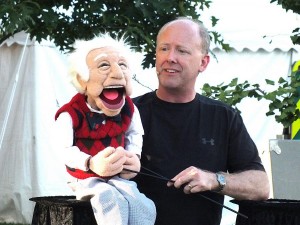The Indiana State Senate passed a bill this week that clears the road to outright discrimination under the guise of religious freedom. Welcome to last century.
To paraphrase, the bill would make it legal for businesses to refuse service to married same-sex couples on the grounds that same-sex unions violate the business owner’s religious views on that subject.
This is lunacy.
In response to this, I have instituted a new policy at I’m No Dummy Productions LLC. My business will no longer serve companies who refuse to serve married same-sex couples based solely on their being a same-sex couple.
For more, read the press release.
Don’t get me wrong. I fully support the right of a business, especially a privately held business, to select their clientele. When we can only serve a limited number of clients, we need to choose the clients who are a best match for the services that we provide. But, the choice must be made in a way that makes the most sense for the business. Not, as this bill allows, in a way that perpetuates bigotry and ignorance.
I support this bill on one condition: If a business, on religious grounds, chooses to refuse service to a customer based on their sexual orientation, then they must refuse service to all clients who violate any tenet of their religion. You’ve sinned? Sorry. Next! You use birth control? Next! This needs to be an all or nothing package deal. You don’t get to pick and choose.
We must not allow individuals to hide behind their religion to support bigotry and hatred. Especially not a religion based on love and acceptance.






